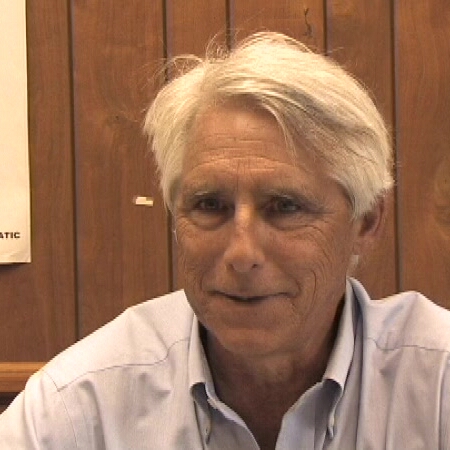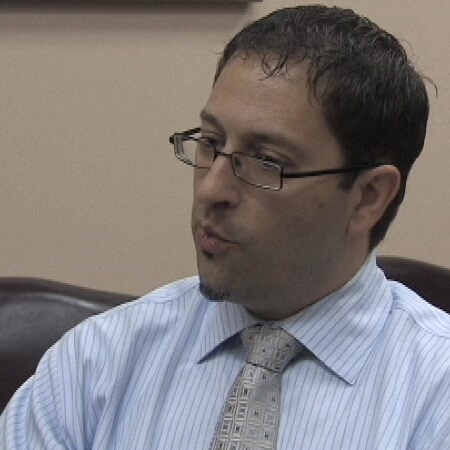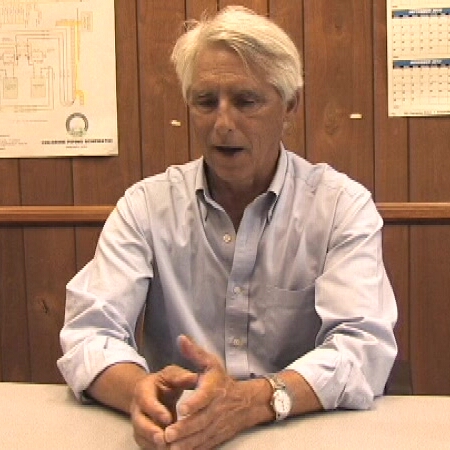8.2 Getting started
Either an individual or a team of individuals at your organization will need to take the initiative to start Asset Management. The initial starting point can be educating yourself, your staff and elected officials about Asset Management. This guide and the videos are good tools to use in this process but there are other tools available that can be found in the resource section of this guide.
Having a "champion" in the organization who can explain the terminology as well as the benefits of Asset Management and who is willing to take a lead role in the development of an Asset Management program for the organization can aid implementation efforts. However, it is important that the knowledge, interest, and expertise not reside solely with the champion. As explained in Chapter 2, Section 2.3, Asset Management thinking and practice needs to imbed throughout the organization to prevent the sawtooth effect (practice increases, then the person leaves, the practice drops until it is picked up again.)
Asset Management requires a culture change - a different way of thinking about your utility and the services you provide. It involves accepting more transparency, acknowledging that the utility's main function is customer service, and making management decisions on an individual asset basis. It is important to work with and support utility employees through this culture change.

|
|
|

|
|
|

|
|
|
There may be resistance initially to adopting Asset Management if employees or elected officials perceive that it is nothing more than extra work or the latest management fad. Most likely, people and financial resources are already stretched thin and people resent additional work if they don't understand why they are being asked to do it or how it will benefit them. There should be benefits at all levels of the organization. It is also important that the employees and elected officials view Asset Management as the way business should be done and not just a passing fad. Asset Management has been in practice for almost two decades across the world and in that time, its prominence has only strengthened.
Building upon the pieces of Asset Management that are already in place can help start the implementation process. For example, you may have part of an asset inventory or some type of mapping. You may have a user rate or financial plan. Starting with what you already have will help you gain buy-in from the employees and it may also help you in achieving "quick wins." A quick win is anything that can easily demonstrate value to employees, management, or the governing body. A quick win can be a comprehensive map of the utility where non existed previously, or a savings in capital projects from completing a validation exercise, or a customer survey that shows that customers want a different level of service than you are currently providing and the new service will be easier or cheaper. The utility should look for internal and external "wins" and look at all levels within the organization. The more people see the value in Asset Management and what it means for their job, the more they will embrace the concept. When people truly understand and embrace Asset Management, their thinking will become more creative and the utility will benefit.
It is also important to share your successes with your customers. They will be more supportive if they understand that the utility is working towards improving services and is making the best use of the money they pay in rates and fees.

